If you ever search Google with the term “American Serial Killer”, stumbling onto the name of Jeffrey Dahmer is a guaranteed thing. Between 1978 and 1991 Dahmer murdered seventeen men and boys, many of whom are people of color; thus making him one the most notorious serial killers ever. Dahmer, who was also a sex offender, was known to be engaged in activities like dismemberment of bodies, chemical preservation of body parts, cannibalism as well as necrophilia with his victims.
As serial killing has always been an extremely fascinating selling topic for both the screen and paper, it is no surprise that there have been several interpretations of his story over the past three decades; some of which even date back to 1992 when he was still alive. The new Netflix miniseries from Ryan Murphy and Ian Brennan starring Evan Peters in the titular role is the latest take on the whole thing but what sets this one apart from most of the others are the extensive uses of victim perspective.
Taking a 180-degree turn from the usual hyper-dramatized, sensational dialogue and head-spinning twist-oriented signature style that can be seen in most of his popular works (American Horror Story, American Crime Story, Glee, Scream Queens to name a few), Murphy takes a rather subdued, very grounded documentary-style storytelling approach for this one and that works in its favor.
Dahmer – Monster: The Jeffrey Dahmer Story (2022) Netflix Miniseries Recap:
The non-linear narrative goes back and forth and often looks at it entirely from the perspective of the victims.
The year is 1991 and in the Oxford Apartment building in Milwaukee, the tenant of 212 Glenda Cleveland (Emmy winner Niecy Nash) is deeply concerned about the suspicious activities of her next-door neighbor Jeffrey Dahmer. Peeking from the peephole of her door, Glenda sees Dahmer coming to his apartment with a young African-American man.
We see him walking into a gay bar and picking up the man named Tracy Edwards (Shaun J. Brown) with the promise of paying him money in exchange for his pictures being clicked. Tracy goes to Dahmer’s apartment and soon discovers his true sinister intention. He still manages to find an opportunity to overpower Dahmer and escape. Scared and anxious Tracy comes across police officers John Balcerzak (Scott Michael Morgan) and Joseph T. Gabrish (Matthew Alan) and leads them to Dahmer’s apartment. This eventually results in Dahmer’s arrest and the police finding further disturbing things like human remains, several heads in the freezer, two skulls, and a huge drum containing different bodies decomposing in acid.
We get a peak at Dahmer’s odd childhood in Ohio and the dysfunctional relationship he shares with his parents Lionel (Josh Braaten) and Joyce (Savannah Brown). He is completely disconnected from his drug-addict mother and the only father-son bonding seems to be dissecting road kills together.
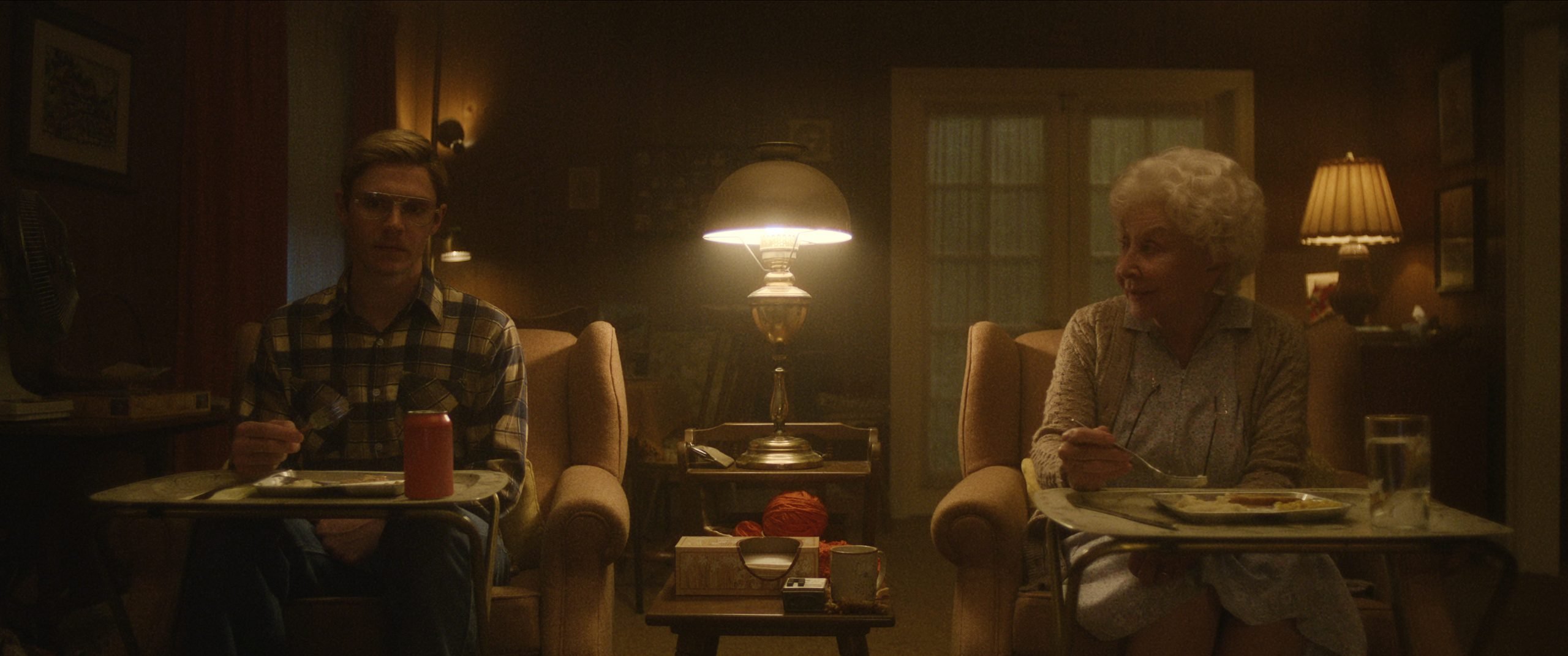
His parents soon get divorced and Dahmer is left completely alone for a summer in 1978 when he commits his first murder by luring a hitchhiker with the promise of a few beers. The murder is followed by Dahmer dismembering the body, dissolving the flesh in acid, and crushing the bones with a sledgehammer.
Lionel (Richard Jenkins, playing an older version) eventually comes back into Dahmer’s life with Sherry (Molly Ringwald) who later becomes his stepmother. He enrolls his son at Ohio State University in hopes of a more functional future and when Dahmer ends up getting expelled from the college he is sent to the army.
Two years later, being in the army also doesn’t work out for Dahmer and neither does living in Miami as he can’t stand being alone. He comes back to Ohio and eventually relocates to West Allis, Wisconsin with his grandmother. However, he continues to invite trouble by exposing himself in public at a state fair and in turn losing his job as a Phlebotomist. His relationship with his grandmother is also made bitter when she finds a male mannequin in his bed and realizes he is using it for sexual purposes. He finds a “new hobby” in drugging homosexual men and ends up being banned from the bathhouses when he is caught. However, that doesn’t stop him and he continues his vicious acts in classier hotels.
His relentless murderous instincts drive him to take more lives at his Grandmother’s house and he gets rid of the remains through the pretenses of taxidermy. One of the victims gets accidentally saved by the sudden interference of his grandmother.
Dahmer soon gets arrested for molesting a thirteen-year-old boy but gets out after spending a year in a correctional facility. When asked to move out from his grandmother’s house, he moves into the infamous Oxford Apartment where he kills 12 of his victims including the brother of the boy he had molested before.
Dahmer – Monster: The Jeffrey Dahmer Story (2022) Netflix Miniseries Ending, Explained:
Did justice get served?
Upon his arrest, Dahmer confesses to all his crimes and effectively gets life imprisonment. Lionel is devastated but welcomes the idea of capitalizing on the whole thing by writing a book and making money out of it. Inside the prison, Dahmer starts to receive letters and money from people who worship him as some kind of hero and are drawn to his darkness. Dahmer turning into this kind of cult and almost celebrity distresses the victims’ families as well as the black inmates of the prison. He gets stabbed by one of those inmates but soon recovers. Dahmer decides to go through baptism to wash his sins away and “be saved by god” which pleases Lionel. Ultimately though, Dahmer meets his doom when he is bludgeoned to death by inmate Christopher Scarver.
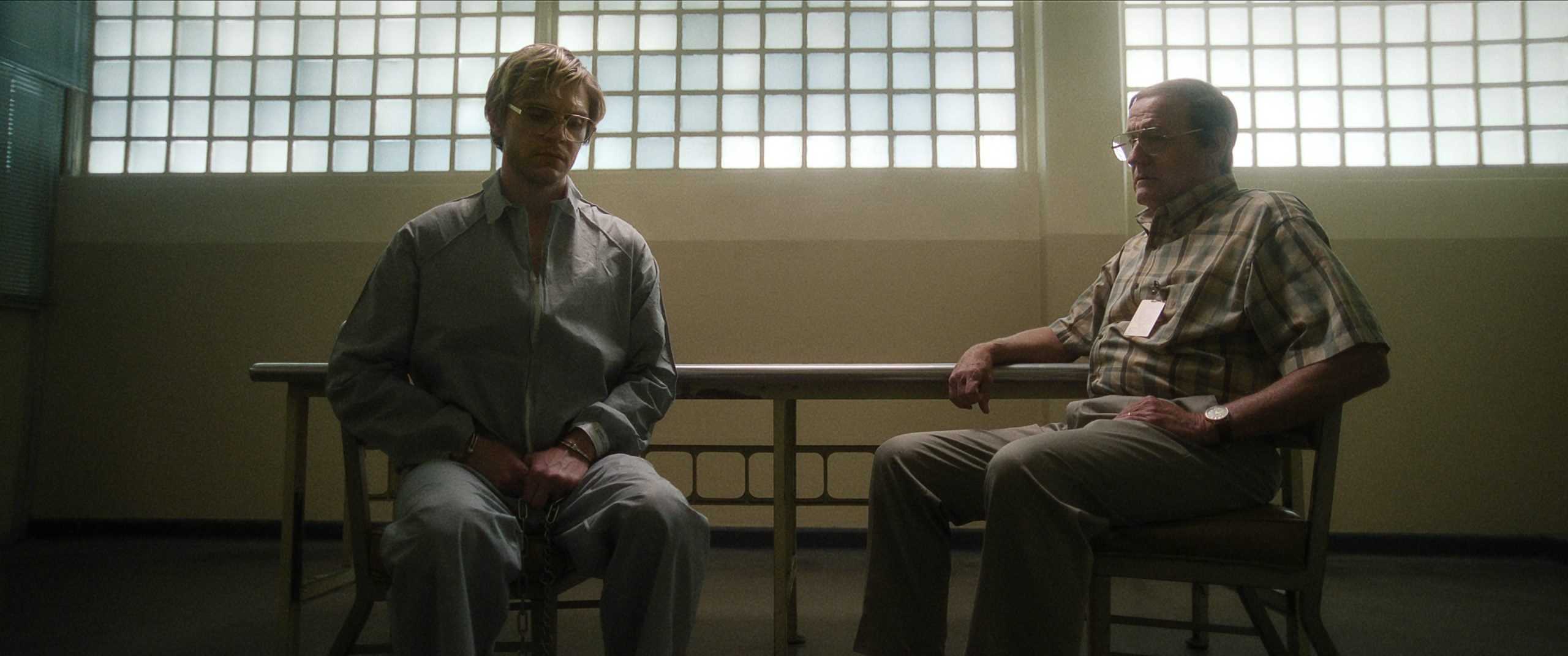
After the death of Dahmer, Lionel and Joyce get into a legal battle over whether to preserve his brain for further analysis and research or to destroy it. The verdict goes in Lionel’s favor and to honor Dahmer’s wish, it gets destroyed.
Glenda pushes for a park in the site of the now-destroyed Oxford Apartment in memory of the victim and she declares that she is willing to wait for as long as she is breathing. However, it is revealed in the end credits that no park or memorial was ever built in that location.
The biggest question that comes up here is was justice really served?
Considering Dahmer did get arrested and ended up in jail, in broader terms it was. But the amount of endless pain and suffering the families of the victims had to go through indicates otherwise. Because of Dahmer, the people in the Oxford apartment were forever traumatized and they eventually had to move. Glenda had to live with the memories of the bad smell from Dahmer’s apartment and also not being able to save the 14-year-old boy from the monster despite trying her best.
Even after everything he did, Dahmer still received rather decent treatment from the police and authority because of being a white male while many of the victim families were heckled and harassed due to their skin color. Getting brutally murdered in the hand of Scarver, a genuine god-believer black man does seem like a form of poetic justice though. For the victim’s families, knowing Dahmer is not breathing in the world they are living in is a huge relief after all.
Dahmer – Monster: The Jeffrey Dahmer Story (2022) Netflix Miniseries Review:
One of the biggest problems with most Serial killer movies/shows is the unfortunate glorification of the controversial character and justification of their action. In that context, this miniseries turns out to be a revelation as it refuses to give the lead character any kind of cool scene or catchy dialogue. It strips him of any kind of glamor and presents Dahmer as a character who is being dissected for his action.
What makes this series even better is how it effectively becomes the story of the victims and Glenda, who emerges as the true hero of the story who is actually trying to save people from Dahmer. This is further established by introducing Glenda’s character before Dahmer in the first episode and ending the final episode with her as well. In one of the episodes, the life of Tony Huges is explored right from his birth to eventually becoming one of his victims. This is a smart way of storytelling and a clear indication of who should be sympathized with.
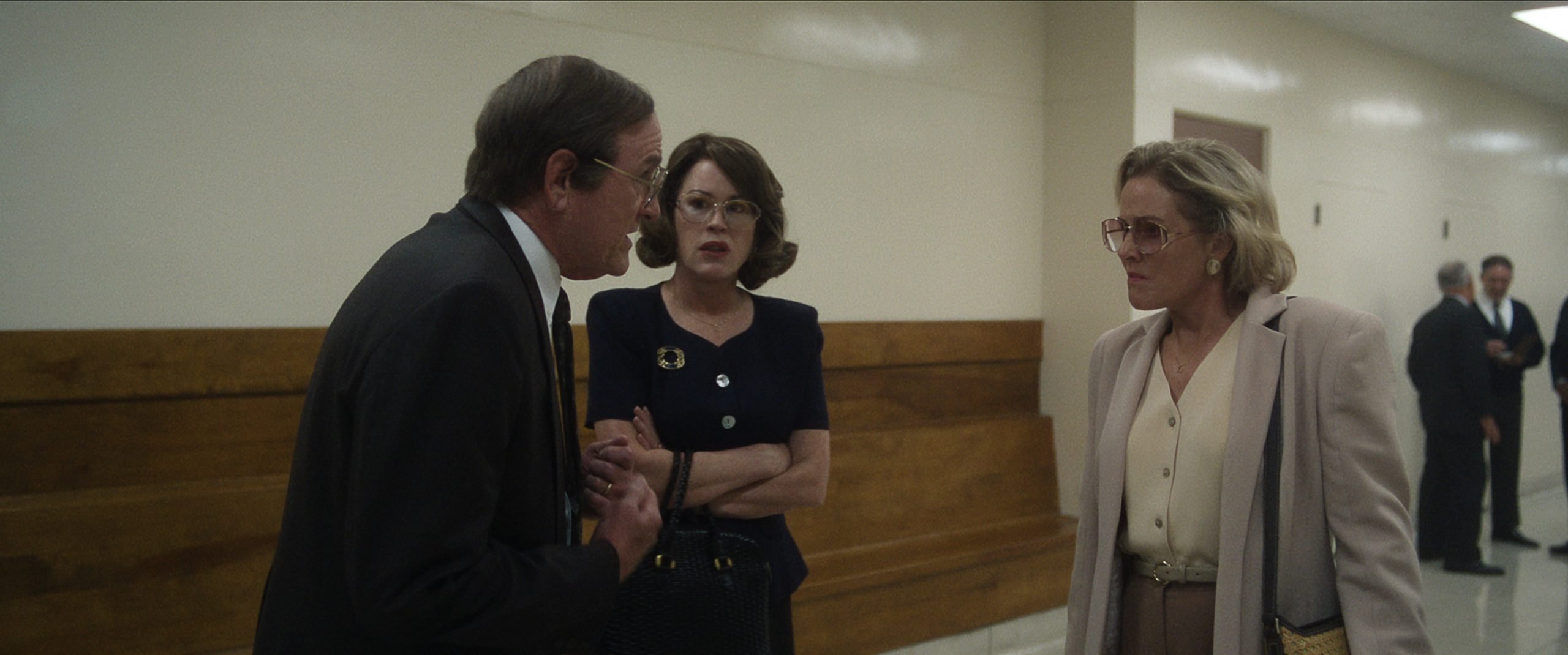
There couldn’t have been a better actor than Evan Peters to play this role. Peters plays the part with a constant deadpan face and somewhat callous attitude which prevents the audience from feeling bad for him or sympathizing with him even for a single second. This is a huge achievement for any actor. Along with Peters, both Niecy Nash and Richard Jenkins deliver absolutely scene-stealing performances. Molly Ringwald as Sherry and Penelope Ann Miller as older Joyce also shine. It is needless to say that the writing, direction, cinematography, and editing of this series are all absolutely on point.
Dahmer – Monster: The Jeffrey Dahmer Story (2022) Netflix Miniseries Takeaways:
What is the overall impact of the show in the context of today’s world?
The greatest thing this show has managed to achieve is not containing itself in the shackles of a regular serial killer story. As much as it is about Dahmer, it is also about white privilege, racism, and how an entire system and people are getting differently affected by it.
There is a particular scene where we see Glenda Cleveland desperately trying to save a fourteen-year-old boy from Dahmer, but officer Balcerzak and Gabrish are constantly ignoring her and siding with Dahmer mainly because of him being a white man. These two officers eventually get suspended but soon get back to their job and even receive a heroic welcome after coming back. In a rather horrific turn of events, we see these officers anonymously threatening the family of the child who got murdered because of their incapability. This is extremely frustrating to look at but perhaps that is the whole point. Dahmer is a psychopath monster who got his due but there are monsters walking among us who will always enjoy their privileges.
Dahmer’s white privilege is further established when a white judge looks upon him from a rather sympathetic perspective, despite molesting a child. On the other hand, even after receiving a citizen’s merit award, Glenda Cleveland is still harassed by the police, and her daughter is arrested just for damaging the camera of two white males who were actually taking photos of the Oxford apartment for their own amusement.
The primary purpose of any form of art is most definitely creative expression, but when the content is as sensational as Dahmer’s story there lies a certain responsibility. Ryan Murphy and Ian Brennan did realize that part completely and managed to make something that raises all the right questions, and makes the audience uncomfortable and rightfully angry about the world they are living in, even in the context of modern times.
Read More: Devil in Ohio (2022) Netflix Miniseries: Review, Recap & Ending Explained
Trailer
https://www.youtube.com/watch?v=HDf3XH-iOqU


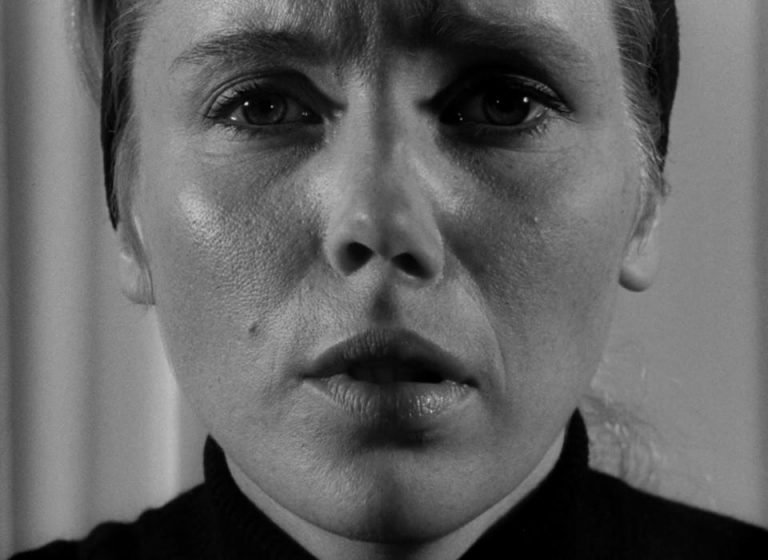
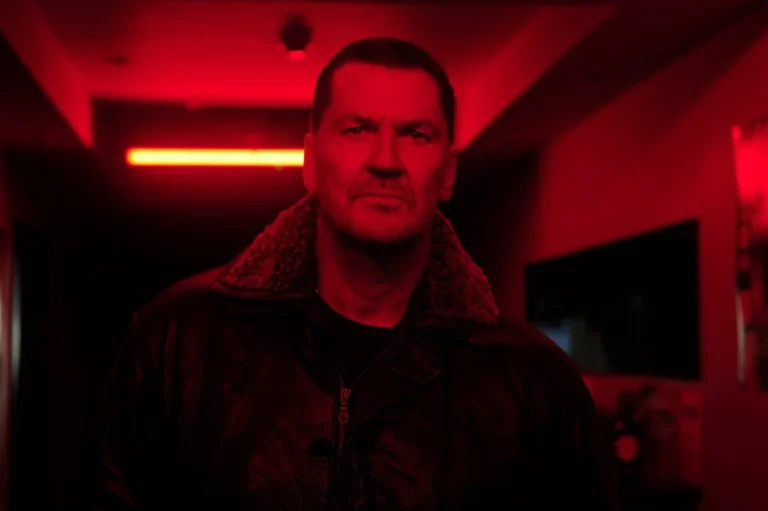


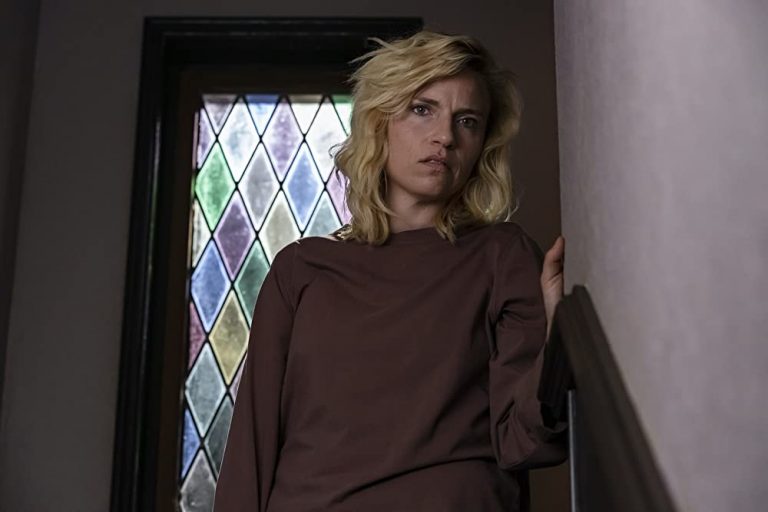
![Little Fugitive [1953] Review – An Endearing Snapshot of an Age and Time](https://79468c92.delivery.rocketcdn.me/wp-content/uploads/2019/11/Little-Fugitive-1953-768x585.jpg)